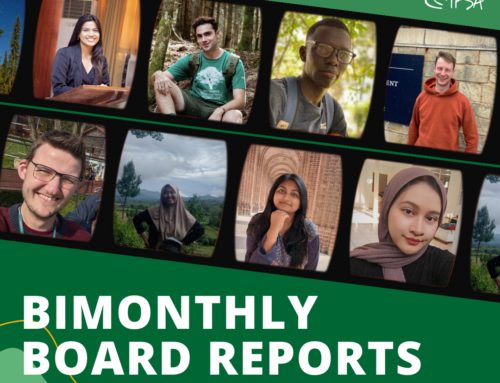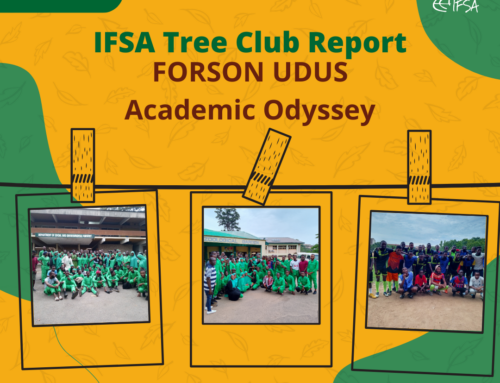Recently, I listened to an episode called “From tree to shinning tree” (30.07.16) on the “radiolab” podcast about the complex and fascinating underground life of forest trees and other organisms. Radiolab is an American show produced by WNYC studios in New York that aims to blur boundaries between science, philosophy, and human experience, by showcasing ideas from a wide spectrum of disciplines. The show is hosted by Jad Abumrad and Robert Krulwich. A guest on the show, Suzanne Simard, a forestry professor in the University of British Columbia, shared her story of discovering the surprisingly dense and colorful root network of trees in the rainforests of British Columbia, where she spent a lot of time with her family, growing up. Back then she already observed that what happened below ground was “as abundant as what was going on above ground”. 30 years later, in the late 1980s, while working in the timber industry and monitoring the health of newly planted trees that replaced clear-cut areas, she noticed in the little patch of forest that she was studying, that instead of the usual competition between trees for light, they needed each other to thrive. For example, if a birch and a Douglas-fir grew next to each other and the birch was taken out, the Douglas-fir would become ill and die. She remembered the theory put out by scientists, years before, about the possibly of an existing underground economy between trees that we couldn’t see and wanted to know whether this was true. So, she designed an experiment, which showed that trees shared the food they ingested with other trees, regardless of the tree species. In fact, one tree was connected to 47 other trees and the tree roots formed networks, resembling a very dense airplane flight map with the older trees serving as hubs. Simard explained that besides the root network, there is an equally important network of fungi. Tiny, white threads, a 10th of an eyelash width, that saturate the soil, and are actually tubes that can connect and disconnect. Hence, there is a fungal freeway system under the ground connecting all the trees to each other. Simard and her colleagues were the first to verify this already existing idea by carrying out a number of experiments. The reason for this network is a symbiotic relationship between the trees and the fungi. The tree gets carbon from the atmosphere, via photosynthesis, and transforms it into sugar, its main building block. However, as mentioned by Krulwich, if that is all a tree had to build on, it would be about the size of a tulip. Since the tree roots are apparently often not capable of getting a sufficient amount of minerals and water on their own, it is the fungal network that carries out this vital work. The trees, in turn, supply the fungi with the sugar from the transformed atmospheric carbon, which they need to build their bodies. Simard referred to studies, which show that it is not miniscule amounts being exchanged either. Everything between 20 and 80% of the fungal minerals or the trees’ sugar may be given on to the other party. Besides this, trees may also use the fungal network as a bank for storing their sugar and as a communication device with other trees for sending warnings about e.g. an oncoming pest attack enabling the other trees to react timely or asking for a loan, if short on minerals. Dying trees will send their carbon to the neighboring trees to preserve resources. Simard also noted that an interesting new finding in recent research is that the food given up by the dying trees often goes to the new trees in the forest that are better adapted to the global warming, rather than their own species or even offspring, indicating some kind of foresight and possibly intelligence! However, as Krulwich confirmed, it is still unclear whether it is the trees deciding the resource distribution or whether it is the fungal network acting like a kind of resource broker. “…I think that there is something like a nervous system in a forest, because it is the same sort of large network of nodes sending signals to one another. It´s almost as if the forest is acting as an organism itself.”, stated Simard. As always with radiolab episodes, I found the topic and narration very much to my satisfaction and gained new knowledge, even though, I might have already known this as a forestry student. It makes me happy that with the passing of many years since her childhood fascination with the forest, Simard still finds it magical today. It is truly amazing how many secrets the forest holds and how much there is yet to be discovered. An inspiration for researchers everywhere. The link to the podcast: http://www.radiolab.org/story/from-tree-to-shining-tree/ For questions or feedback please contact the author Liza Derenchenko via e-mail: liza.de(a)gmail.com]]>
About the Author: Simone Massaro
Head of Web Subcommission 2018-2020




